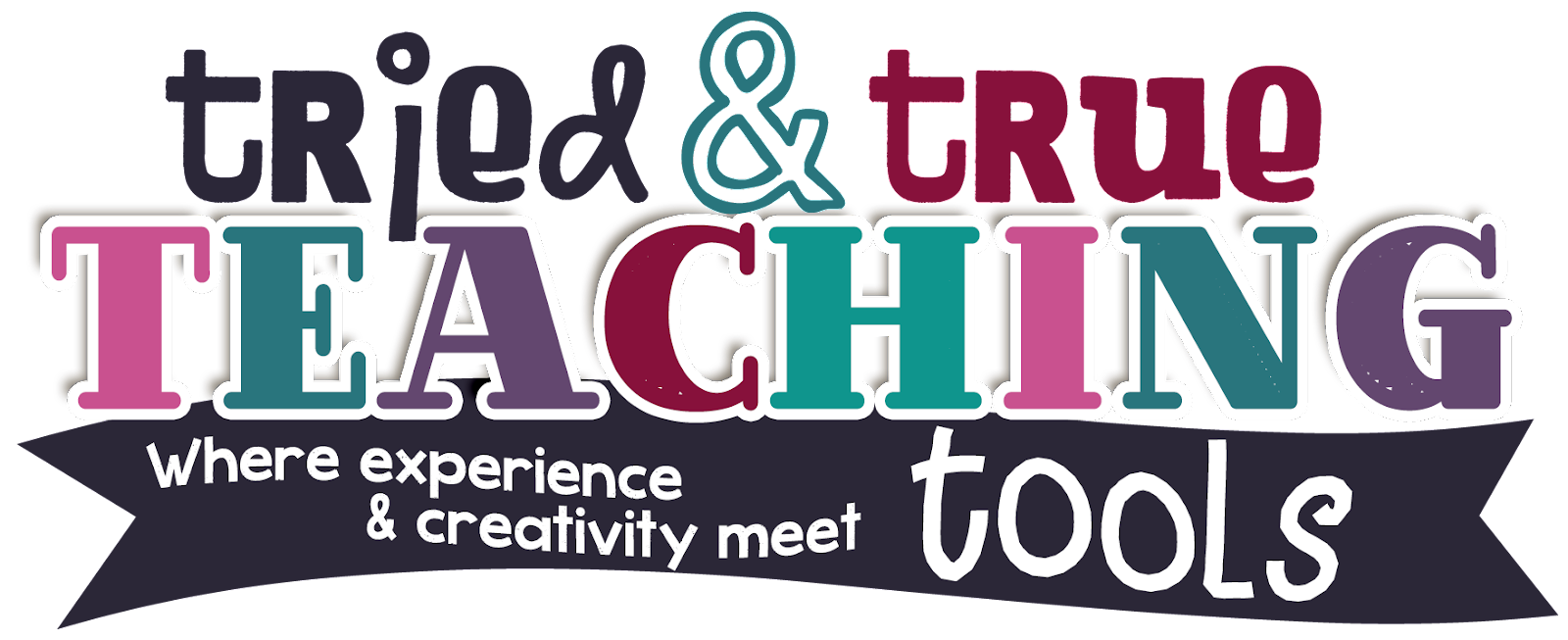Connecting Math and the World
How many times have you had students ask, "Why do we need to learn this? What does this have to do with the real world?" (I'm embarrassed to admit that I always silently ponder this whenever I teach about probability; will I need this other than going to Las Vegas? LOL) Chapter 8 is all about how mathematicians connect ideas. An idea I LOVE and will definitely implement is to ask families and community members to share how they use math in their daily lives. In the past I have a friend in marketing research who has come in to my class to share how her company actually graphs and uses survey and focus group results to analyze the data make business predictions! Having adult speakers share how they use math in "real life" gives validity to the math learned in school.
Fourth grade teacher, Jennifer Clerkin Muhammad, expects her students to make (visual) representations of their work to build understanding. After giving students a few minutes to solve a problem and represent it visually, she tells her kids to walk around the classroom (with representations drawn on a whiteboard) and to compare representations. Students must find a representation that was different from their own, but that they agree with. What a great way to encourage solving problems in multiple ways and not feel there is a rush to get to THE right answer! As students circulate, Muhammad observes and "eavesdrops" in on conversations, choosing a few representations to discuss with the whole class. According to Jo Boaler, the purpose of being able to represent our work is to help make sense for ourselves, as well as how to communicate and justify our ideas to others.
Rather than having students memorize rules and develop misconceptions about math, encourage playfulness and experimentation with problem solving. Sometimes students make overgeneralizations when solving a problem, coming up with a strategy that works for a particular problem, but it is a fluke. Rather than shut down the student, examine the math with the class:
Training students to think in this way becomes logical; their explanations and justifications are built on this logic.
Mathematicians Use Intuition
Erich Wittmann in "The Complementary Roles of Intuitive and Reflective Thinking in Mathematics Teaching" states, "Intuitive experiences must be acquired by the student through his/her own activities- they cannot be learned through verbal instruction." Hmmm. . . how much verbal instruction have I given over the years?! Chapter 9 emphasizes the importance of estimation in developing mathematical reasoning and number sense. (Yikes! The two areas I always complain my kids don't understand; yet I often skip over estimation! Things will be changing this year. . .)
A terrific website, Would You Rather, provides a plethora of problems getting students to compare two situations that require students to reason, justify, and explain. These are fantastic warm ups! Author Tracy Zager emphasizes the habit of students examining their reasoning and intuition, focusing on making sense.
Another awesome website is Estimation 180. There are images and short videos that lend themselves to estimation of height, time, distance, weight, area, and proportions. Andrew Stadel is a middle school teacher who has assembled this wonderful collection of challenges. (He often features his very cute kids and wife in the pictures and videos!) Not only are there fun problems such as how much bacon shrinks when it's cooked or how many sheets are left on a roll of toilet paper, but he asks students to make a "too low" estimation and a "too high" estimation BEFORE making their actual estimation. This starts kids thinking about a reasonable answer.
I start school on Tuesday and I'm going to implement both these websites as math warm ups (along with CGI-style warm ups). Check back for part 5 of our book study and I'll share examples of student thinking!





No comments
Post a Comment